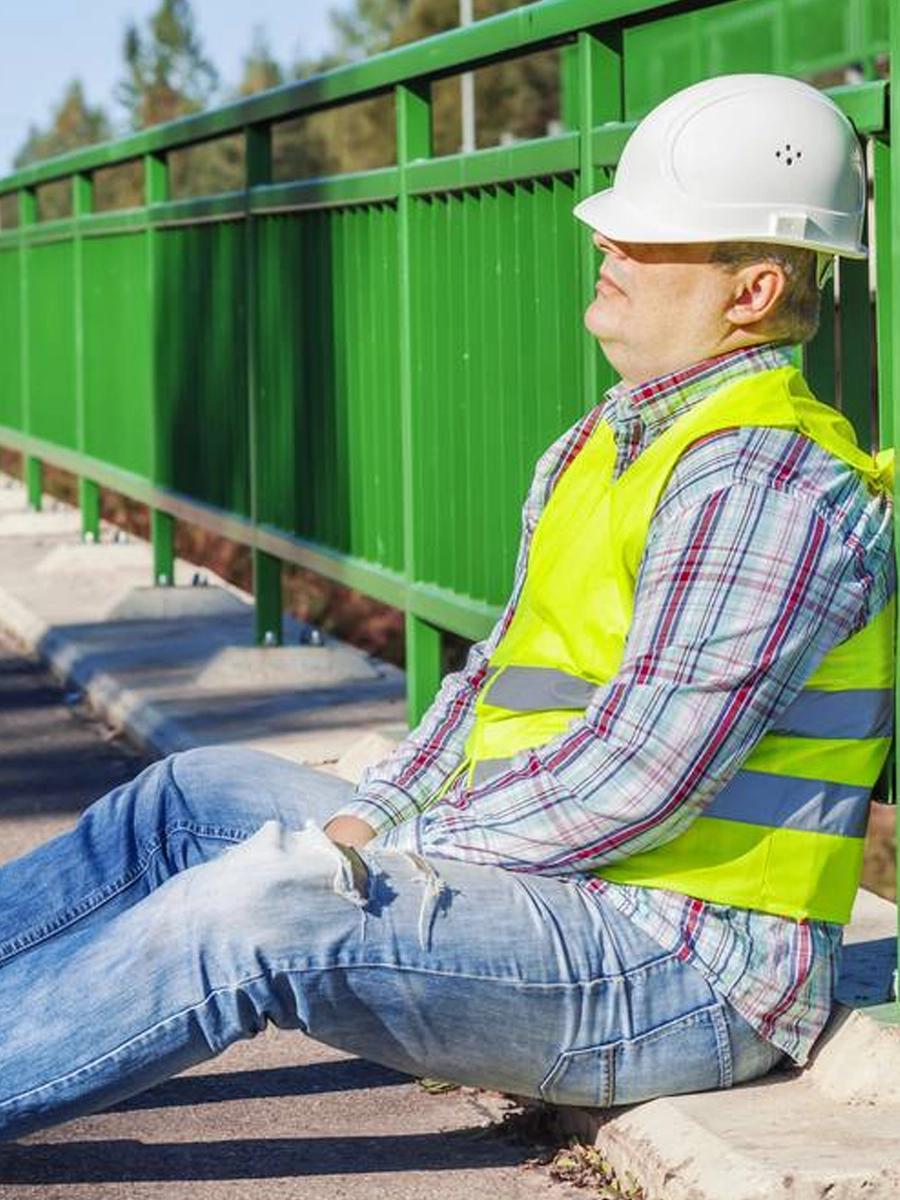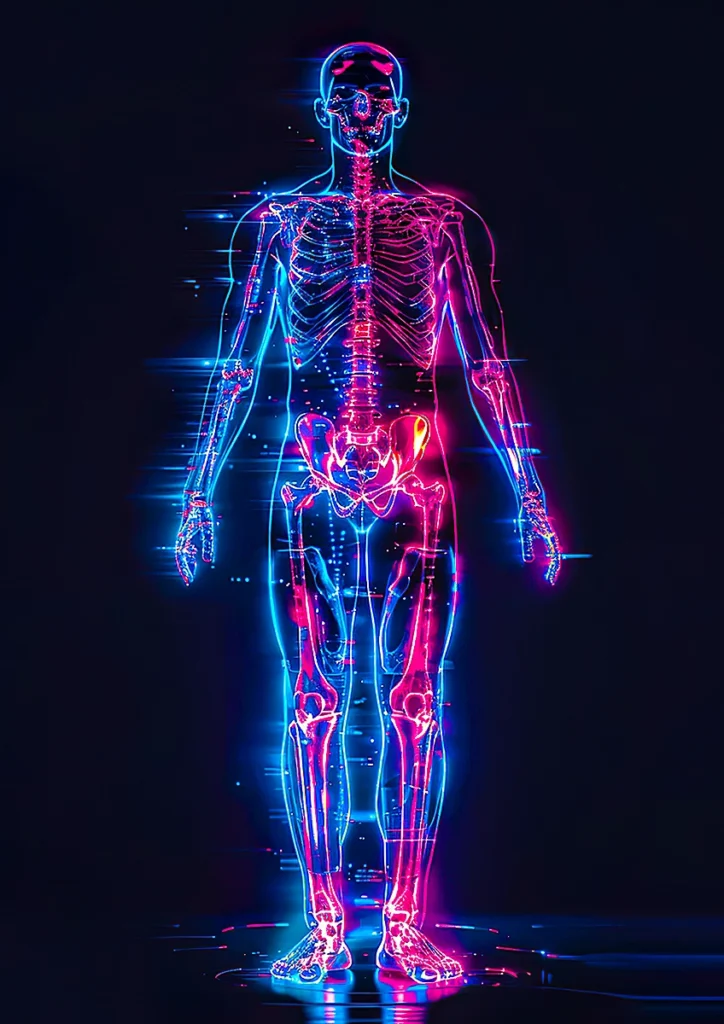
The dirt on my hands
Reducing hand soiling increases the safety and quality of assistance while lessening the risk of nosocomial infection.

During the summer, outdoor workers, like labourers, farmers, gardeners, and urban cleaners, are exposed to the risks associated with solar radiation and extreme heat. This can produce dermal stress that is very harmful to health and causes sick leave that reduces production and even work activity.
PRODERPHARMACARE® analyses the heat risks and explains the importance of protection against solar radiation in this article. You will see how simple actions such as hydration and the use of appropriate clothing and sunscreens can be vital in preventing further damage. Don’t compromise the shell that protects you. You only have one skin.
When summer is coming, millions of people worldwide are exposed to a silent and invisible enemy every day: solar radiation and extreme heat. For all outdoor professionals with long-term exposure, this is not only an uncomfortable question; it can be lethal.

In this sense, sun and extreme heat are not just a seasonal discomfort but a real occupational hazard that must be dealt with as diligently as dangerous machinery or toxic chemicals. Outdoor workers have a right to safe conditions, which encompass shade, water, breaks, training, and sunscreen protection.

Humans need to keep their internal temperature stable at around 36.5-37.5°C. But when the outside temperature is very high, the ability to thermoregulate is tested.
Natural cooling mechanisms:
Peripheral vasodilation: blood vessels in the skin expand to release heat.
Sweating: sweat evaporates and cools the skin, but water and salts are also consumed.
Accelerated breath helps us to release some accumulated heat.
Dehydration → causes decreased blood volume.
Heat fatigue → causes rapid weakness, dizziness, and blurred vision.blurred vision.
Heat stroke (body temperature > 40°C) → causes multi-organic failure in less than 30 minutes and death if not immediately reversed.
A curious fact to bear in mind: at a temperature of 35°C with 60% relative humidity, our body loses up to 1 litre of water per hour with a moderate level of physical exertion.
A technical occupational safety fact: symptoms of heat stroke include hot, dry skin (no more sweating), confusion, and loss of consciousness and require immediate medical intervention.
Fortunately, science has thoroughly studied the effects of heat and solar radiation on the working environment. Several international bodies have established specific protocols to protect workers exposed to the elements. These include NIOSH (National Institute for Occupational Safety and Health, USA), INSST (Instituto Nacional de Seguridad y Salud en el Trabajo, España) and OSHA (Occupational Safety and Health Administration, USA).
Their recommendations focus on four areas of intervention: Sunscreen protection, physical protection, adequate hydration, and working organization. There are the most effective strategies, backed by scientific evidence.
Creams with SPF 30 or higher, broad spectrum (UVA/UVB). Apply 30 minutes before exposure and repeat every 2 hours or after heavy perspiration.
Wear breathable clothing, long sleeves, and fabrics with ultraviolet protection. Use glasses with a 100% UV filter (prevents cataracts).
Use helmets or caps with neck protection.
Drink 250-500 ml every 20 minutes, even without thirst. Replace electrolytes with isotonic drinks if the effort is prolonged (>1 hour).
Avoid intense physical work between 12:00 and 17:00. Encourage rotation, breaks in the shade, and gradual acclimatization.
Solar radiation and extreme heat are real occupational hazards, and their prevention is not optional.
It is the shared responsibility of companies, professionals, and administrations. They must guarantee the health of those who work in the sun, providing all the tools available.
Appropriate photoprotector use, like DERMATEC 50+, should be part of the standard protocols for the prevention of occupational hazards, with the same status as any other certified PPE. This is the reason that skin protection is the same as the health, dignity, and life of the worker.
UV radiation is a class 1 carcinogen according to the International Agency for Research on Cancer (IARC), with conclusive evidence that it causes skin cancer, including melanoma.
Prolonged occupational exposure to the sun can lead to actinic keratosis, which is considered a precancerous lesion and recognized as an occupational disease in several European countries.
Numerous clinical and laboratory studies have shown that regular use of sunscreens drastically reduces the incidence of premalignant and malignant skin lesions.
European countries such as Germany, Austria, and France have incorporated occupational sun exposure into the official list of occupational diseases, recognizing its impact on occupational health.
From an occupational risk prevention (ORP) perspective, the inclusion of sunscreen as PPE is perfectly compatible with the current legal and technical framework:
Article 17 of the Law on Prevention of Occupational Risks (Spain) establishes the obligation to provide appropriate PPE when it is not possible to avoid a risk by other means.
89/656/EEC Directive stipulates that PPE must provide effective protection against risks that cannot be prevented by collective technical means.
The INSST, in its technical document on “Heat stress and sun exposure,” recognizes the use of sunscreens as an “essential individual measure.”
PRODERPHARMACARE® believes it is essential to update this paradigm in the professional field. Working under the sun without sunscreen is a serious preventive omission, comparable to working without gloves in the presence of corrosive products, without hearing protection in noisy environments, or without a mask in welding work.
Integrating creams such as DERMATEC 50+ into the prevention routine is not a matter of aesthetics or convenience; it’s a matter of occupational public health, scientific evidence, and corporate responsibility.

Reducing hand soiling increases the safety and quality of assistance while lessening the risk of nosocomial infection.

Preserving food safety without altering its organoleptic properties and quality is one of the basic food safety principles.